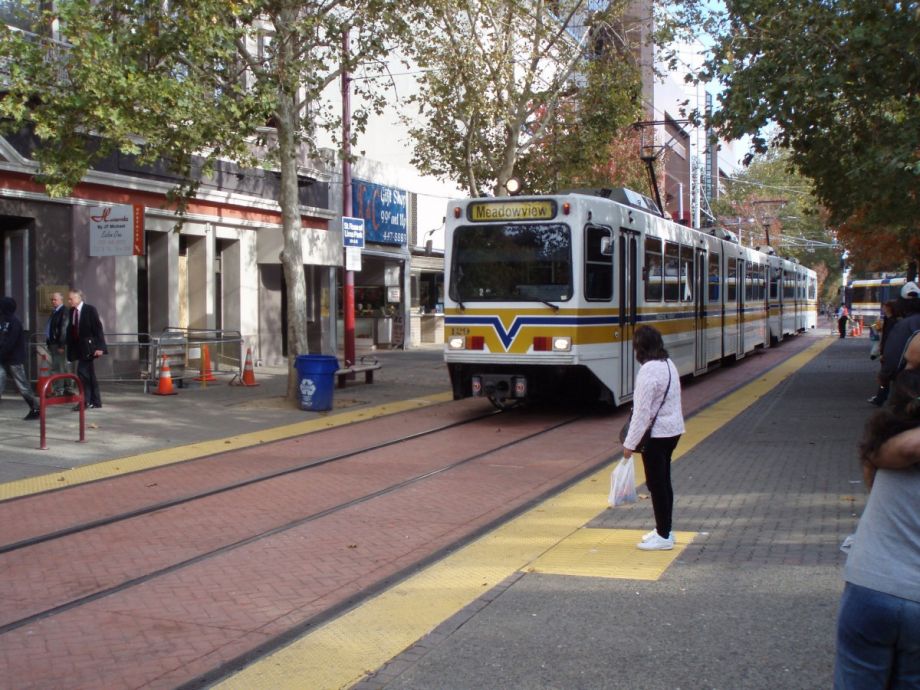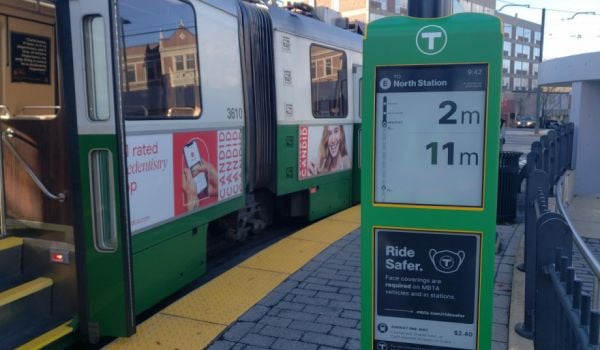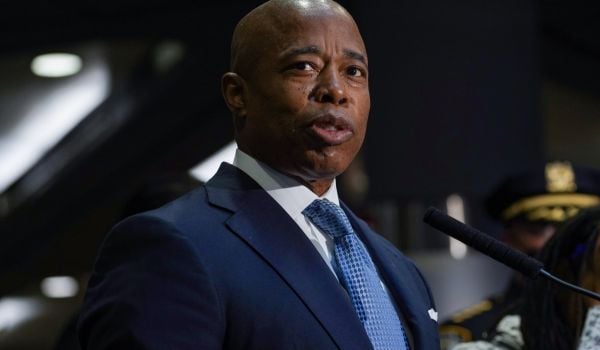EDITOR’S NOTE: This is the second in a short series of three articles about city public transit systems and the benefits and obstacles of how they integrate with regional transit providers. Don’t miss the first story, about the Twin Cities.
Transit agencies in Sacramento are joining forces.
The reason is twofold. The first involves money. For years, Sacramento’s transit agency, colloquially referred to as SacRT, struggled to make ends meet, even before the pandemic. It had no reserves and relied on lines of credit to make payroll.
Although the agency was able to recover, the pandemic set it back. At 1.8 million riders in February 2020, it sank to 726,000 in May of 2021. The agency, which recovered 16.2 percent of operating expenses from fares at its peak in March and July 2019, recovered 5.6 percent in February 2021.
Their services are urgently needed though, because the region has some of the worst air quality in the nation, according to the American Lung Association. It’s also hard to get around without a car in much of Sacramento and outlying incorporated and unincorporated communities because of its suburban character. Outside of rush hour, it takes one hour and thirty minutes to take the bus and light rail from Sacramento’s immediate southern suburb of Elk Grove to Downtown Sacramento, compared to only twenty minutes by car.
Sprawl and inadequate transit posed the most hardship for the mobility-impaired, who needed to transfer between paratransit providers at the city borders to get to where they needed to go. But the merging of SacRT with suburban transit systems over the past several years made it easier for people who rely on paratransit to move about the region.
“You don’t have to transfer at the city borders and pay another fee to catch SacRT’s ADA paratransit service. You can [now] get that one seat ride [from Elk Grove] all the way to Folsom, or to the airport or even UC Davis Medical Campus,” said Chris Flores, the agency’s chief of staff, referencing two cities whose transit agencies merged with SacRT in recent years.
Historically, transit in Sacramento was provided by different private companies, including Pacific Gas and Electric, which operated the city’s streetcar system from 1906 to 1943 before National City Lines took over. After dismantling the streetcar system, the agency became the public Sacramento Transit Authority in 1955 and proceeded to buy out other providers in the region over the next eighteen years.
In 1973, the California legislature created SacRT to provide transit service to a growing metropolitan area, which quadrupled between 1950 and 1970. The agency served the city and the County of Sacramento, and also operated routes under contract with the city of Roseville and Citrus Heights to the north, as well as Woodland, Davis, and West Sacramento to the west and northwest, in neighboring Yolo County.
The breakups soon began to happen. In 1987, Roseville started to operate its own transit service, which continues to this day. The three neighboring Yolo County communities began to be served by YoloBus, which formed in 1989.
Communities like Elk Grove, the second-largest city in Sacramento County, hesitated to be a part of the region’s transit system. It joined SacRT when it was incorporated in 2000, but broke away in 2005, contracting with a private company to operate its public transit service called E-Tran. According to a 2005 Sacramento Bee article titled “Buses rollin’ — New Elk Grove service gets off to a bumpy promising start,” the split was fueled by a study commissioned by both SacRT and the city in 2003, which found the city was not getting the fair share of transit it deserved.
“[We wanted to make] sure we have some level of service that our residents down here really expect,” said Christopher Jordan, Elk Grove’s director of strategic planning. Shortly after Elk Grove broke away, the city built ridership by running several commuter routes from Sacramento, including two trips in the early evening that started from the southernmost light rail station in south Sacramento and took commuters directly to their homes.
According to the Sacramento Bee, E-Tran ridership nearly doubled, from 565,000 in 2005 to a million riders in 2007, its third year of operation. By then, 90 percent of the city’s population lived within a half-mile of a bus stop, compared to 20 percent when SacRT was in charge.
Nonetheless, in the 14 years E-Tran existed, the agency struggled with not having enough drivers, as well as buses that ran late. In the early days, their hybrid buses caught fire, resulting in the city suing the manufacturer and the contractor, and having to borrow buses from the agency it broke up with.
A budget crisis led the city to consider rejoining SacRT in 2008, but ultimately the city council decided to raise fares and eliminate most weekend services. They eventually restored Saturday service.
“It’s really hard to just run your own transit service in a city sort of siloed,” said Deputy City Manager Kara Reddig. “So [we think] the regional vision just works better.” After SacRT’s CEO pitched the agency’s availability of drivers, Elk Grove contracted with SacRT to operate its system for five years in 2019. They ultimately merged on July 1, 2021, after Elk Grove found their transit system ran better under SacRT compared to when it was being run by a contractor. Elk Grove wasn’t alone; two years prior, in 2019, the city of Folsom also merged its transit system with SacRT.
Aside from the merger, SacRT made few changes. “We [didn’t] want to shock any of the riders or worry them that we’re going to come in and take service away or make drastic changes,” said SacRT’s acting CFO Jamie Adelman. They reduced the size of the pocket schedules from a conventional pamphlet to a foldout the size of a business card. The buses, which remain painted in celadon green, have SacRT’s logo and emblem affixed to the sides and back. And although the route numbers remain the same, the agency added the “E” prefix to differentiate between its own routes.
As a result of the mergers, SacRT will receive all state transit funding intended for those communities. To ensure different parts of the region receive the fair share of money they deserve, they will report to the communities how much money and service hours are being invested annually.
Precious Summers, a resident of midtown Sacramento, lauds the merger because she only now has to pay one fare to get between the two communities. “The Elk Grove system didn’t use the [Zip Pass mobile fare payment] app, so if I took the train or the SacRT bus with the app, I would have to pay extra to get on the E-Tran buses,” said Summers as she waited for the light rail train at Cosumnes River College with her daughter as they returned from a doctor’s appointment. “I like the merge now. I couldn’t wait for it. I’m like, we’re all in Sacramento, why isn’t it just one bus system?”
More changes may be on the horizon. Elk Grove desired to implement microtransit in their community but lacked the technology and expertise. Shortly after the merger, SacRT, which in 2018 introduced microtransit to the region, introduced such a zone in the east end of town. The agency may expand this system throughout the community later this year.
Merging also allows the region a better shot at pursuing funding to expand transit, including light rail. For over three decades, the agency envisioned expanding light rail to Elk Grove. In 2016, SacRT opened an extension of its Blue Line that stops at Cosumnes River College, a mile and a half from the city’s border. To court funding for light rail, Elk Grove has been rezoning parts of its community to support it, which includes developing a new downtown, and possibly courting a new regional zoo, at the south end of town.

H. Jiahong Pan 潘嘉宏 (pronouns: they/them/佢/他) is a Minneapolis-based introverted freelance journalist who reports primarily on their lifelong passion: transportation issues. Find them on a bus of all types, the sidewalk, bike lane, hiking trail or perhaps the occasional carshare vehicle, camera and perhaps watercolor set or mushroom brush in tow, in your community or state or regional park regardless of season. If you can’t find them, they’re probably cooking, writing, curating an archive of wall art or brochures, playing board games, sewing or cuddling with their cat.








_600_350_80_s_c1.jpg)







